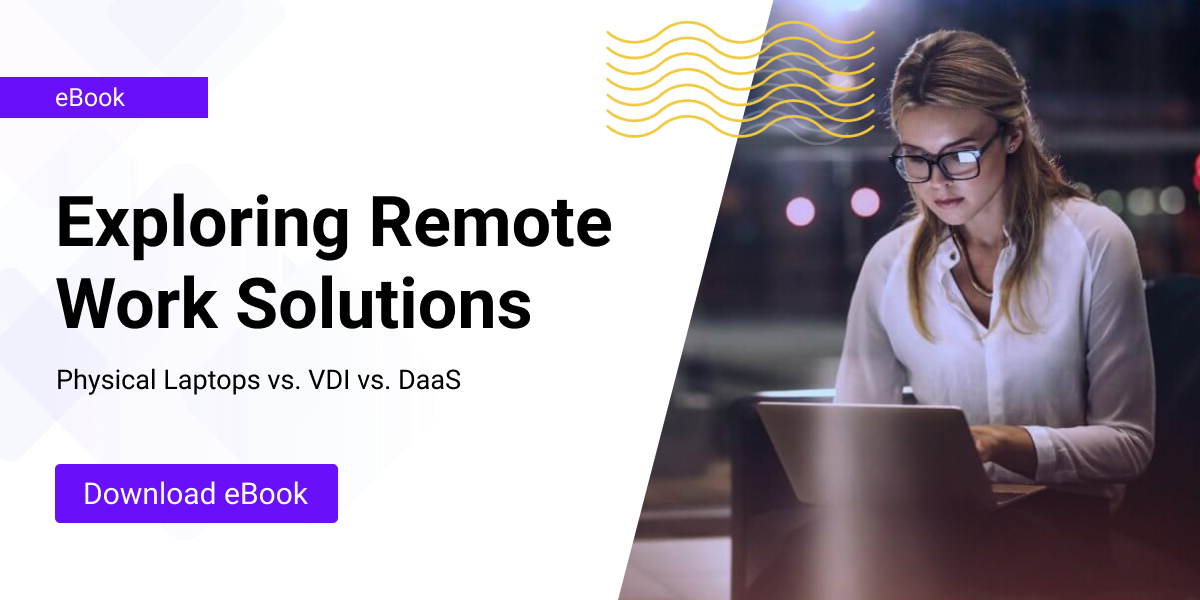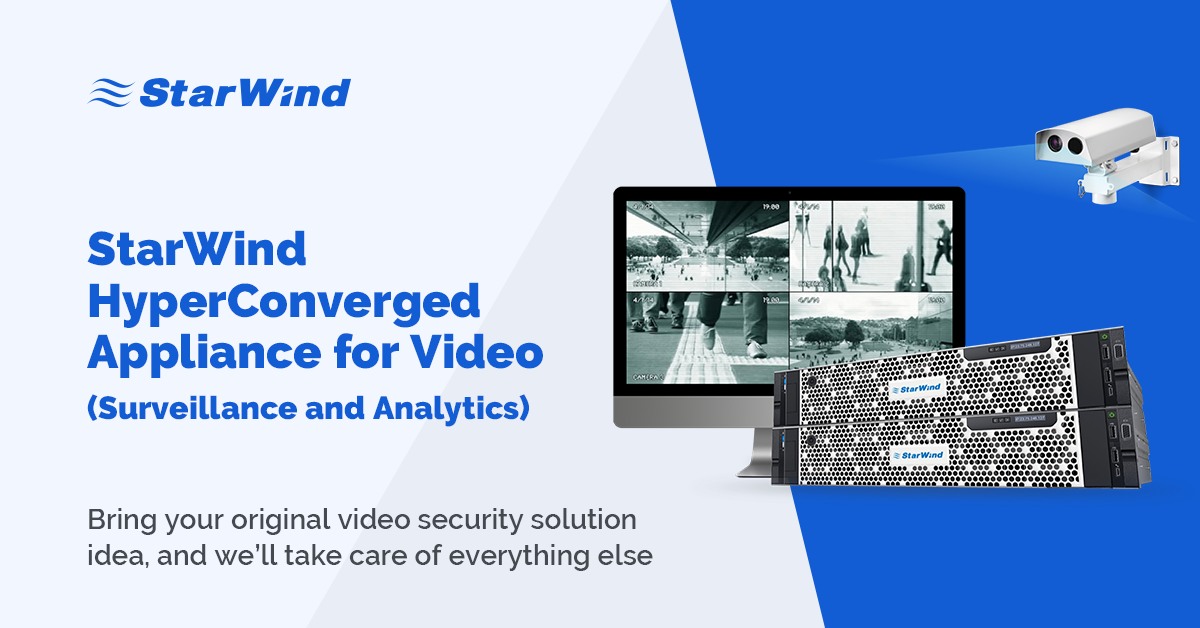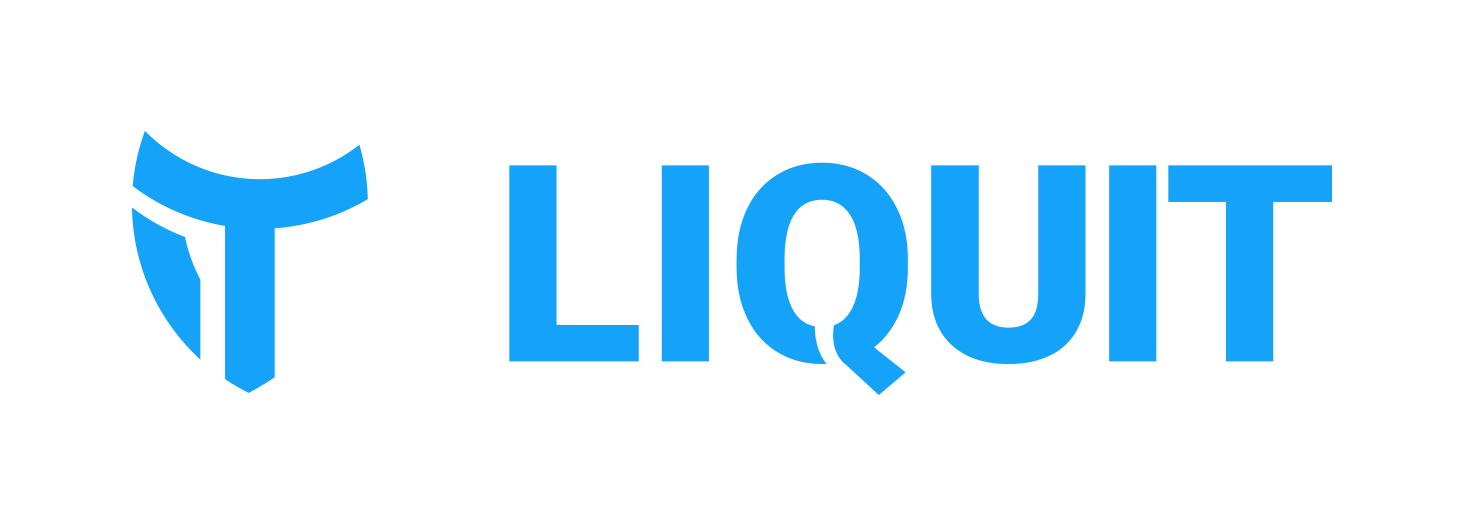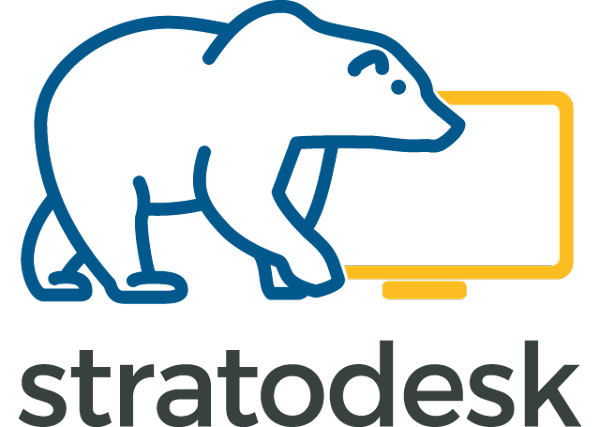VMblog: Provide a little backgrounder information on the company. What does your company look like in 2021?
Andrew Miller: Cameyo is the secure Virtual Application Delivery (VAD) platform that liberates applications from the desktop. Cameyo provides a simple, secure, cost-effective, and flexible solution for delivering all your apps - legacy Windows, internal web, and SaaS - to any device from the browser without the need for Virtual Desktops or VPNs. By enabling organizations to provide their people with secure access to the business-critical apps they need to stay productive from anywhere, Cameyo helps make remote & hybrid work, work.
Hundreds of enterprises and organizations across all industries utilize Cameyo to deliver business-critical applications to hundreds of thousands of users worldwide. Many of those customers replaced their previous VDI or DaaS products with Cameyo to increase security while reducing cost & complexity, and you can read their stories here (it's always better to hear it from customers than from us, anyhow).
VMblog: We are here to talk about End User Computing. How does your company define it and look at it?
Miller: We approach end-user computing from the perspective of what technologies are needed to give people ultra-secure access to the resources (applications, files, data, etc.) that they need to be productive from anywhere and on any device. And whereas many vendors choose to take a desktop-centric (VDI/DaaS) approach to EUC, at Cameyo we provide organizations with a simpler, more secure, and more cost-effective alternative to virtual desktops.
The reality is that most organizations and most of their people simply do not need a virtual desktop. And the high cost and complexity of virtual desktops often prevent them from being a viable solution for many organizations regardless. But 80-90 percent of users don't need a desktop to be productive - they simply need ultra-secure access to their business-critical applications, regardless of what type of device they have in front of them.
Cameyo's Virtual Application Delivery (VAD) service liberates applications from the desktop and makes it incredibly simple and cost-effective to deliver any application to any device with an HTML5 browser. And with a cloud-native, zero trust architecture, our Virtual Application Delivery (VAD) makes enabling remote and hybrid work for your end users far more secure.
VMblog: What are some of the benefits of EUC that people should be aware of?
Miller: The benefits of EUC are wide-reaching, but some of the key benefits that Cameyo customers cite include:
- Enabling employee productivity on any device
- Empowering remote and/or hybrid work
- Improving the end-user experience
- Increasing security by adopting a zero trust model
- Enabling the use of new devices/platforms (Chromebooks, BYOD, etc.)
- Cloud-enabling legacy software
In the past, achieving the benefits above required incredibly costly and complex VDI implementations that took months to deploy, were difficult to manage, and caused a number of security issues. Today, cloud-native Virtual Application Delivery (VAD) solutions dramatically reduce the cost & complexity by eliminating the desktop altogether, all while providing a zero trust security architecture that simultaneously improves the user experience.
VMblog: How has the 2020 Pandemic affected the EUC industry?
Miller: The past 18 months have had a tremendous impact on EUC because the pandemic shone a light directly on our industry. People didn't just "want" the flexibility to work productively from anywhere and on any device - it was an absolute necessity.
In the early days of the pandemic, many organizations simply invested more in legacy technologies they already had in place to try and get by in the short term. Technologies like VDI and VPNs, which were never designed to support remote & hybrid work on a massive scale, were put in place when many organizations thought it would only have to hold up for a few months. But as it became clear that the pandemic would last much longer - and especially now that it has become clear remote & hybrid work are here to stay for many organizations - IT leaders realized they needed to find solutions that were viable for the long-term.
As players in the EUC industry, we have all given an amazing responsibility to help organizations fundamentally re-evaluate how they enable their people to safely and securely work from anywhere. It's a responsibility that we all take very seriously here at Cameyo, even if that means telling a customer that another solution may be better for their specific needs. It has brought me a lot of joy to see our team truly step up to provide good counsel to our customers, and to help provide customers with a viable, long-term solution that gives their people a better, more secure experience.
VMblog: What are the current end user computing trends your company is seeing in the market?
Miller: One of the most interesting trends we've seen in the past two years is the shift from Virtual Desktops (VDI/DaaS) to Virtual Application Delivery (VAD). Data from the 2021 "VDI Like a Pro" report (the EUC industry's largest annual independent survey) illustrates that VAD has not just established itself as a strong alternative to VDI/DaaS - but that we're currently in the middle of a shift from Virtual Desktops to Virtual App Delivery.
Let's start with the current breakdown of usage between Virtual Desktops and Virtual apps. Here's what the 2021 VDI Like a Pro survey shows:

As you can see, Virtual Desktops are currently still the predominant technology utilized today, with 67.5% focusing on desktops compared to 32.5% focused on virtual apps. But things get really interesting when you look at a later question in the 2021 report that asks about these organizations' future plans:

The survey data shows that 16.95% of the organizations that are currently utilizing Virtual Desktops solutions plan to shift from Virtual Desktops to Virtual Apps. When you add that 16.95% to the 32.46% of organizations who've already chosen Virtual Apps over Virtual Desktops, that would bring the percentages to 50.6% for Virtual Desktops and 49.4% for Virtual Application Delivery. A nearly 50/50 split.
The fact that nearly 17% of today's Virtual Desktop users plan to shift to Virtual App Delivery, bringing Virtual Desktops & Virtual Apps to parity at a 50/50 split of the market, is astounding. Just 1-2 years ago, Virtual App Delivery wasn't even its own category - it was rolled into Virtual Desktops, which has been the touted technology for 2 decades.
To see such a rapid market shift from 2 decades of Virtual Desktop traction to Virtual Apps becoming the focus for 50% of the market in just 2 years is quite telling. It shows that the cost & complexity of VDI & DaaS isn't palatable for many organizations, and that they need a simpler, more cost-effective, more secure option. And Virtual App Delivery (VAD) is delivering that.
VMblog: We're always saying "this is the year of VDI." Is this the year? Have we finally reached that point? Or is VDI dead, is it evolving, or is it in decline in response to other competing technologies?
Miller: People have been saying that "this is the year of VDI" for over a decade. But as the VDI Like a Pro data shows above, that certainly does not seem to be the case. To be fair, though - adoption of VDI (and DaaS) did increase sharply at the beginning of the pandemic as organizations looked for temporary solutions, but those orgs are now in the process of shifting to more secure, cloud-native solutions like Virtual Application Delivery (VAD) that will enable their people to be productive from anywhere for the long-term.
I think it's premature to predict the "death" of VDI, but it is clear at this point that a desktop - virtual or otherwise - simply isn't necessary for your people to be secure and productive from anywhere and on any device. And in many cases, virtual desktops impede secure, productive remote & hybrid work.
VMblog: Traditionally, end user computing has been dominated by on-premises solutions. How has the cloud reshaped EUC?
Miller: One of the biggest challenges to the widespread adoption of EUC products in the past was their heavy reliance on costly and complex infrastructure. The cloud has enabled new EUC solution providers to eliminate those barriers with cloud-native solutions that automate away all of the complexity of the old guard of EUC products.
Moving to the cloud is supposed to be about decreasing your physical footprint and optimizing your operations, yet VDI and DaaS come with a lot of IT baggage and extra costs.
What this calls for-and is in keeping with the real intent of the cloud-is moving beyond the desktop. One way to envision it is this: If the cloud is the ship your organization is relying on to get you to your digital destination, the desktop is the anchor that's holding you back and preventing your progress.
Which is why it's time for organizations to cut ties with the desktop and focus on apps instead.
Unlike virtual desktops, which introduce complexity and saddle users with functionality they don't need, Virtual Application Delivery (VAD) takes full advantage of the cloud to enable you to right-size your digital workspace to suit your users. Your people get access to all of the software and applications they need to stay productive from anywhere-nothing more, nothing less.
VMblog: Where does your company and product lines fit within the EUC space?
Miller: Cameyo is one of the pioneers of the Virtual Application Delivery (VAD) market, and we are focused on helping organizations liberate their apps from the desktop so that they can enable simple, secure, cost-effective productivity on any device. VAD gives users the freedom and flexibility to access apps securely from whatever device they want to use, no matter where they are. The very idea of supporting VDI sessions on any client device sounds like an IT nightmare, if not an outright impossibility. With VAD, device agnosticism lies at the very heart of the solution itself.
This is how VAD plays with the digital transition to web apps and BYOD while VDI plays against it. VDI keeps the legacy Windows environment at the center of the computing experience, which makes digital transformation more painful. App delivery, on the other hand, creates an optimized alternative to the legacy Windows environment. That paves the way for an IT environment based on modern tools and BYOD.
As mentioned above, this is exactly why the 2021 VDI Like a Pro survey on the state of end-user computing found that 17% of organizations were planning to move away from their current virtual desktop solutions in favor of virtual apps. That will put VAD adoption on a par with virtual desktops within the next few years. The same report also noted that hybrid work scenarios are going to be the norm going forward, which will make multi-environment, multi-device flexibility all more essential to any digital transformation strategy.
VMblog: What specific problems are being solved by your solutions?
Miller: Cameyo's Virtual Application Delivery (VAD) service directly addresses some of the most pressing issues that organizations are facing today as they work to enable secure productivity for their people while simultaneously protecting their corporate network, data and assets. Cameyo helps organizations of all sizes:
- Enable Remote & Hybrid Work - Because Cameyo separates applications from the OS and separates users' devices from your corporate network, your people can access ALL of the applications they need to be productive from anywhere and on any device with an HTML5 browser.
- Protect Against Ransomware - Cameyo's single architecture eliminates the need for additional gateways and appliances that can fail and become a security issue on their own (e.g., CVE-2019-19781 - Vulnerability in Citrix Application Delivery Controller, Citrix Gateway, and Citrix SD-WAN WANOP appliance). Also, Cameyo's Port Shield technology provides built-in security that automatically closes RDP, HTTP, and HTTPS ports and opens them to authenticated users only when needed.
- Enable Zero Trust Security - By implementing Cameyo, organizations automatically benefit from Cameyo's native Zero Trust architecture including:
- Device Access Control - Cameyo never trusts any device (even managed devices) because those devices can be compromised. Cameyo gives users secure access to the apps they need to be productive while providing complete isolation between devices and their organization's network/data.
- Segmentation - Even once users are in a session, Cameyo segments that session from customers' networks and data to ensure ongoing separation.
- Prevention of Lateral Movement - Even in the case where a device has ransomware or malware, that malware cannot reach the customer organization's network/data, nor can malware on their systems reach the Cameyo system.
- Always-On Monitoring & Validation - Cameyo utilizes non-persistent servers, so all customer user data is wiped from the Cameyo server every time the user logs out.
- Least Privilege - With Cameyo all traffic is encrypted and apps are delivered from a secure HTML5 browser, separating the user's device from the corporate network and eliminating the need for VPNs. Cameyo also utilizes Windows Terminal Services and temporary user profiles, ensuring users are unable to access admin privileges, settings, and files.
- Identity & Access Management - Cameyo integrates with the customer's Single Sign-On (SSO) provider of choice, and the Multi-Factor Authentication (MFA) they have set up with their SSO applies to Cameyo.
- Web-Enabling Legacy Software - For independent software vendors (ISVs) or organizations with internally-developed software who want to move those applications to the cloud, they can web-enable their legacy software with Cameyo in minutes with zero redevelopment. Users gain SaaS-enabled access to the full desktop version of the software that tehy're used to, just running in the browser via Cameyo.
VMblog: How are you different from your competitors? Why would someone prefer your offerings to those provided by others in the industry?
Miller: Cameyo eliminates the need for virtual desktops while enabling every organization to deliver simple, ultra-secure, and cost-effective access to all of your apps - legacy Windows, SaaS, and internal web apps - from any device, all from the browser.
We've covered a lot of the key benefits and differentiators above, so let's let our customers do the talking for this section. Key benefits of Cameyo compared to the competition include:
- Cost-Effectiveness - "Just looking at month-to-month cost compared to our previous remote desktop solution, with Cameyo we are paying only 15% of what we used to pay. But then on top of that 85% savings, we also no longer need windows clients, so we save even more money there. In addition, we have far fewer support issues, so we save even more," said Adam Nerell, Head of IT for Klarahill.
- Reduced Complexity & Management Time - "Cameyo has been a game-changer for me. It was incredibly easy to deploy and get up and running - a matter of days instead of the weeks it took to deploy our previous DaaS solution. And the ongoing management is so simple. With VMware, there were just so many pieces to manage. You had load balancers, gateways, license servers, and more - and that was all before you could even bring the first virtual machine online. With Cameyo, all of that complexity is gone," said Jim Froio, LAN Support Technician at Baldwinsville Central School District
- Security - "With Cameyo you get this very powerful solution, with very low complexity and cost, all while getting greater security than you'll find in other solutions. Complexity is the antithesis of security. The more complexity a solution has, like the many components of virtual desktop solutions, the more potential security issues you will have. Cameyo is built on a zero trust security model, and it also strips away all of the complexity that could result in security issues down the line," said Adam Nerell, Head of IT for Klarahill.
- Better User Experience - "With Cameyo, we can move our employees over to Chrome devices without disrupting their workflows. Cameyo's platform enables us to give our employees access to the full desktop version of their legacy Windows applications on any Chrome device, but instead of the app needing to be physically installed and managed on each device, Cameyo provides access to those apps through the browser. For our employees, the experience is seamless. We've surveyed users to collect feedback on their experience using their apps through Cameyo, and the results were phenomenal," said Mario Zúñiga, IT Director, Digital Workplace at Sanmina.
VMblog: What does the future of end user computing look like?
Miller: The future of EUC is one where organizations have more information and better tools at their disposal so that they can create the right environment for their specific needs. There is no one-size-fits-all approach to EUC or digital workspaces, and unfortunately too often vendors make claims that would have you believe otherwise. This is one of the core reasons we founded the Digital Workspace Ecosystem Alliance, a consortium of vendors dedicated to creating vendor-neutral educational materials to help organizations better evaluate teh solutions that will best meet their needs.
















